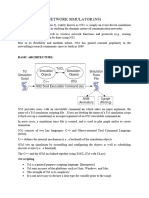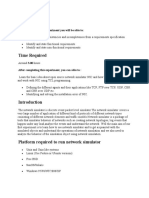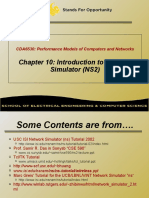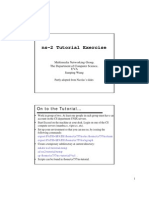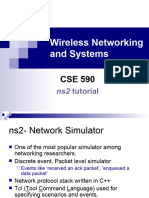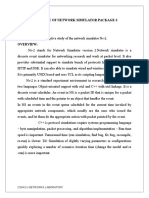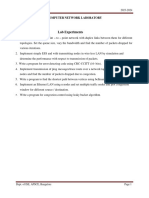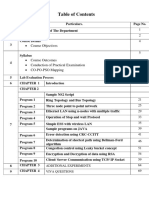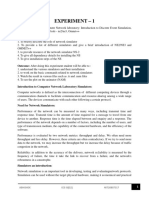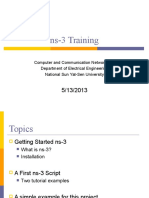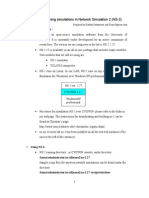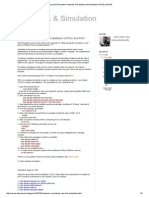0% found this document useful (0 votes)
31 views6 pagesUnit 4 Simulation Basics
Uploaded by
sharma.sagrika.2.0.0.4Copyright
© © All Rights Reserved
We take content rights seriously. If you suspect this is your content, claim it here.
Available Formats
Download as PDF, TXT or read online on Scribd
0% found this document useful (0 votes)
31 views6 pagesUnit 4 Simulation Basics
Uploaded by
sharma.sagrika.2.0.0.4Copyright
© © All Rights Reserved
We take content rights seriously. If you suspect this is your content, claim it here.
Available Formats
Download as PDF, TXT or read online on Scribd
/ 6




